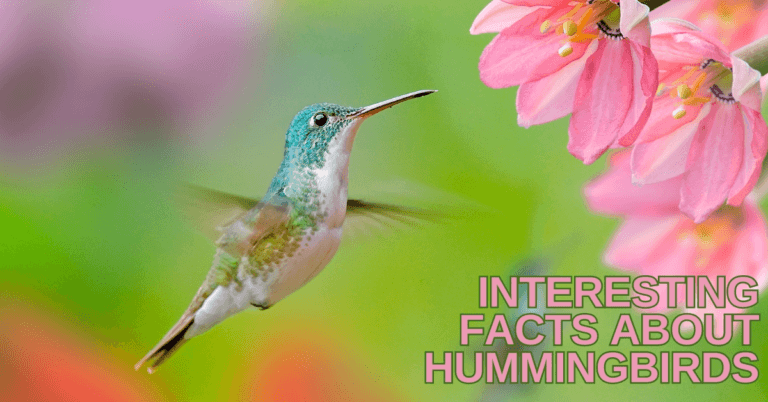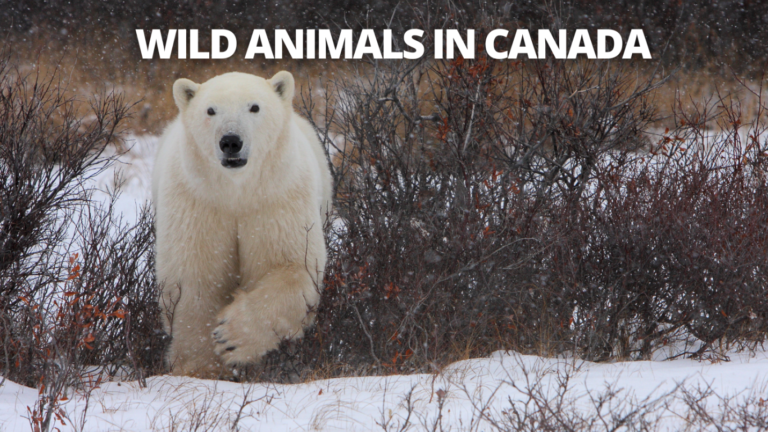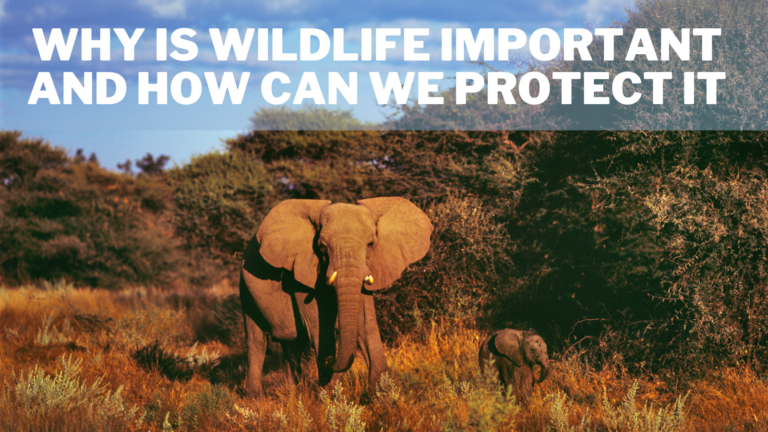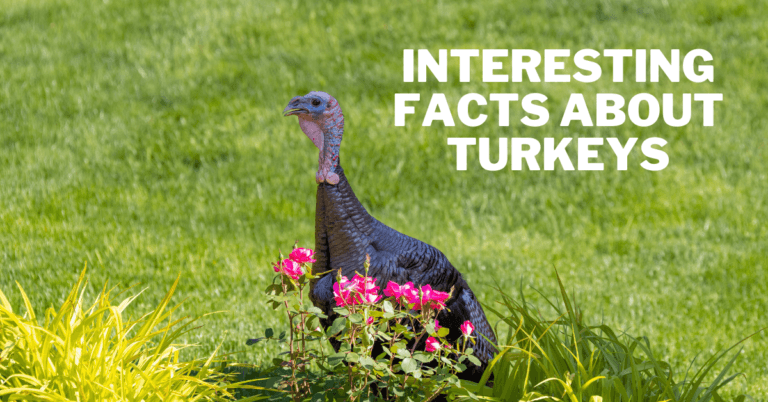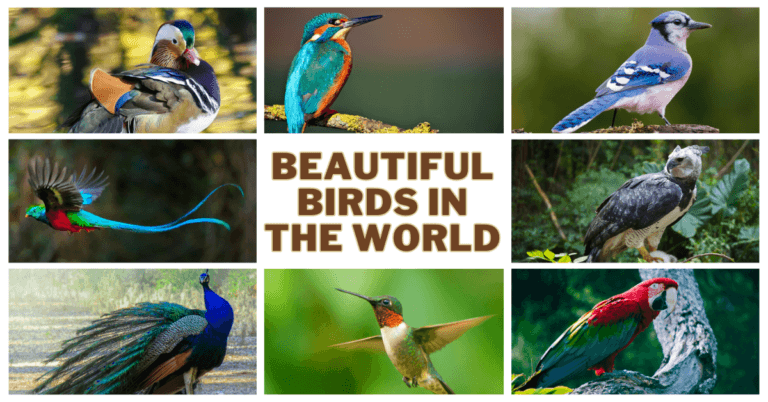Fun Facts About Ducks
Fun Facts About Ducks: Quirky Tidbits You Should Know
Have you ever wondered if ducks have regional accents like we do? Grab your waders and join us on a whimsical journey through the enchanting world of ducks!
These feathered comedians are known for their playful antics and distinctive quacks, making them a source of endless entertainment and fascination.
From their incredible migratory journeys to their adorable duckling parades, ducks never fail to captivate our hearts and imaginations.
Whether you're a bird enthusiast or simply curious about these waterfowl wonders, this collection of fun facts about ducks will quack you up and leave you smiling. Dive in and learn why ducks are more than just feathered friends at the local pond!
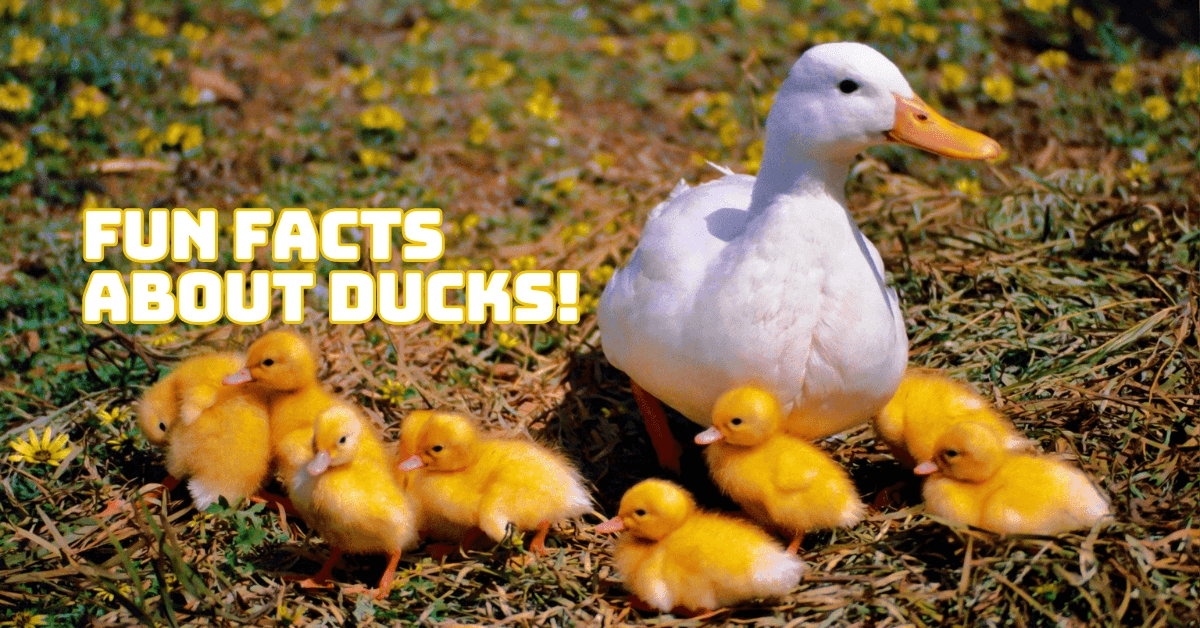
Fun Facts About Ducks
Ducks are fascinating creatures that bring joy and curiosity to people worldwide. Whether waddling around a pond or quaking in your backyard, ducks have a wealth of attractive traits and behaviours.
Here are the fun facts about ducks that deepen your appreciation for these delightful birds.
1. Diverse Species
Ducks belong to a large and diverse family, with over 120 species found worldwide. Each species has unique features and behaviours, from the colourful Mandarin duck to the iconic Mallard.
This diversity allows ducks to inhabit various environments, from freshwater lakes to coastal marshes.
Each species brings its flair to the duck world, making it a vibrant and varied group that never fails to entertain with their unique antics and appearances.
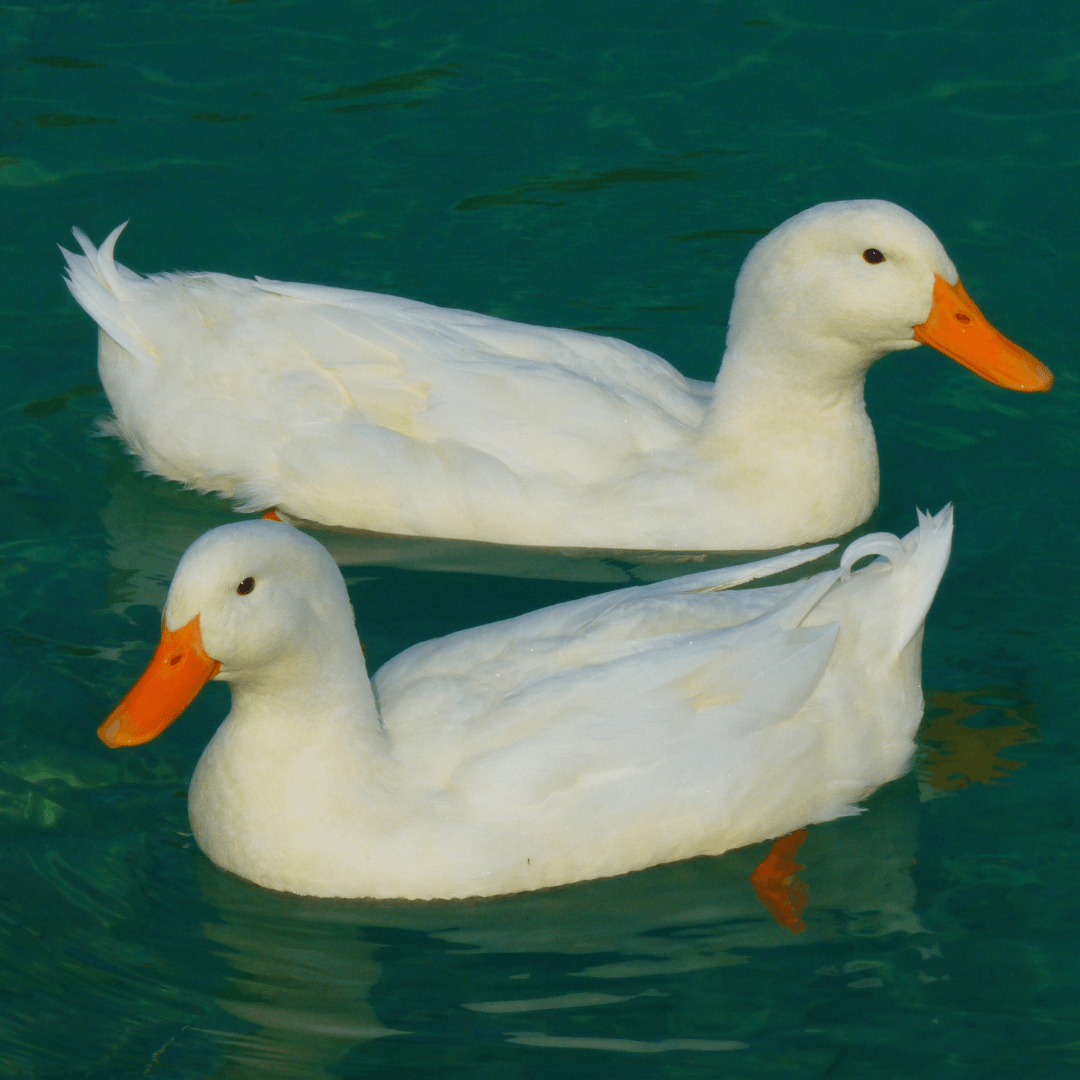
2. Waterproof Feathers
One of the fun facts about ducks is that they have an exceptional gland near their tails called the uropygial gland that produces oil.
They utilize their beaks to spread this oil over their feathers, making them waterproof. This adaptation is crucial for ducks as it keeps them dry and buoyant while swimming and diving in water.
Imagine having a built-in raincoat that you can apply whenever you need it! Ducks are always prepared for a swim, and their waterproof feathers mean they can splash around all day without getting soggy.
3. Quacking Communication
Ducks are known for their distinctive quacks, but did you know they have a wide range of vocalizations?
These sounds are used for communication, including mating calls, warning signals, and expressing emotions.
Each quack has a purpose, making their vocal communication quite complex. They have their language, complete with dialects and regional accents.
So, the next time you hear a duck quack, remember it could be sharing some essential duck gossip!
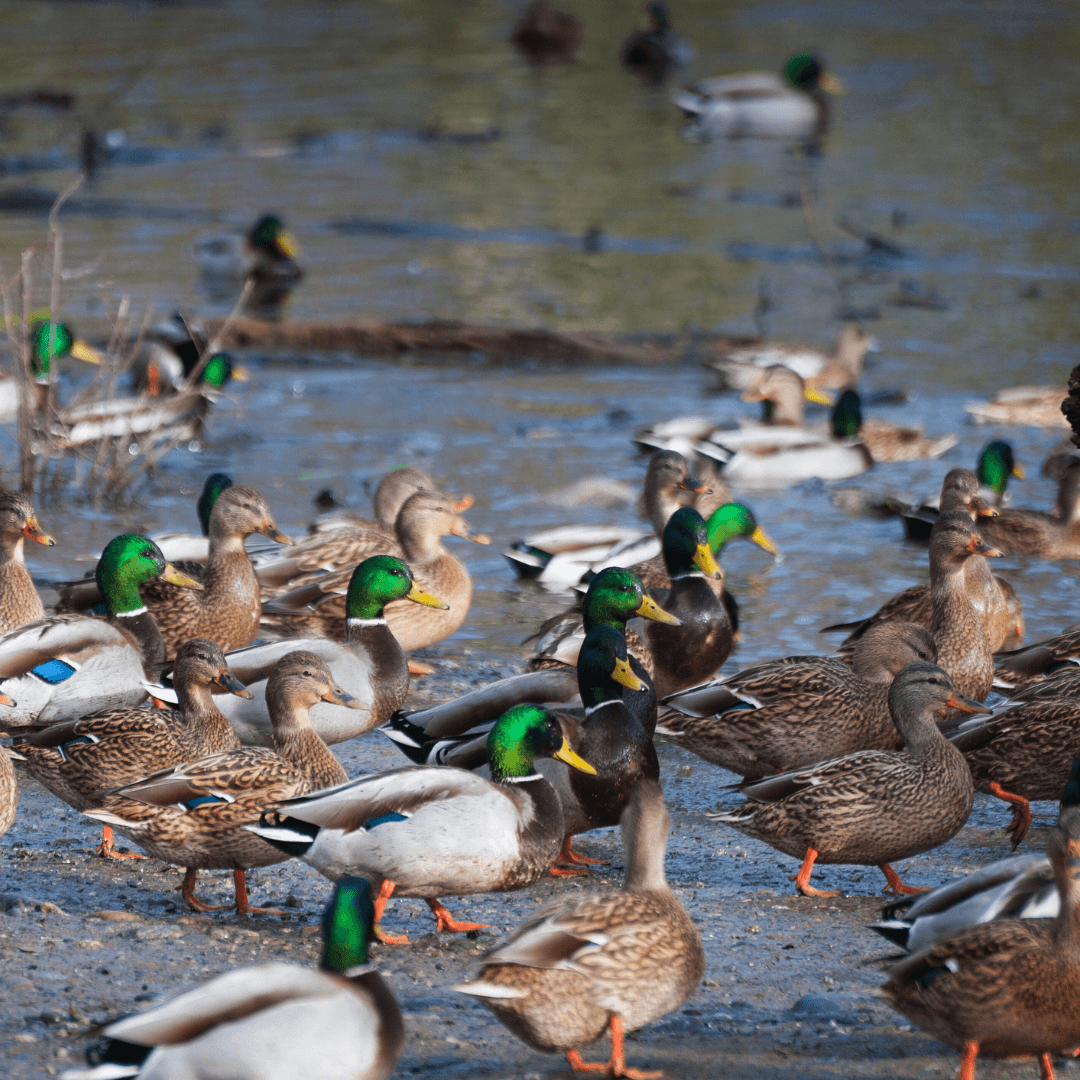
4. Migration Masters
Many duck species are migratory, travelling thousands of miles between their breeding and wintering grounds.
They navigate using the Earth's magnetic field, the sun, and the stars. This incredible journey requires stamina and coordination, showcasing their remarkable endurance and navigational skills.
Ducks are like tiny feathered adventurers, braving the elements and following their internal GPS to find the best spots for raising their families and finding food.
5. Dabblers vs. Divers
Ducks can be distinguished into two main categories: dabblers and divers. Dabbling ducks feed on the water's surface or tip forward to graze underwater vegetation.
In contrast, diving ducks plunge into deeper waters to catch fish and other aquatic prey. This distinction highlights their diverse feeding strategies.
Dabblers are like the casual brunch-goers of the duck world, while divers are the thrill-seekers, diving deep for their next meal.
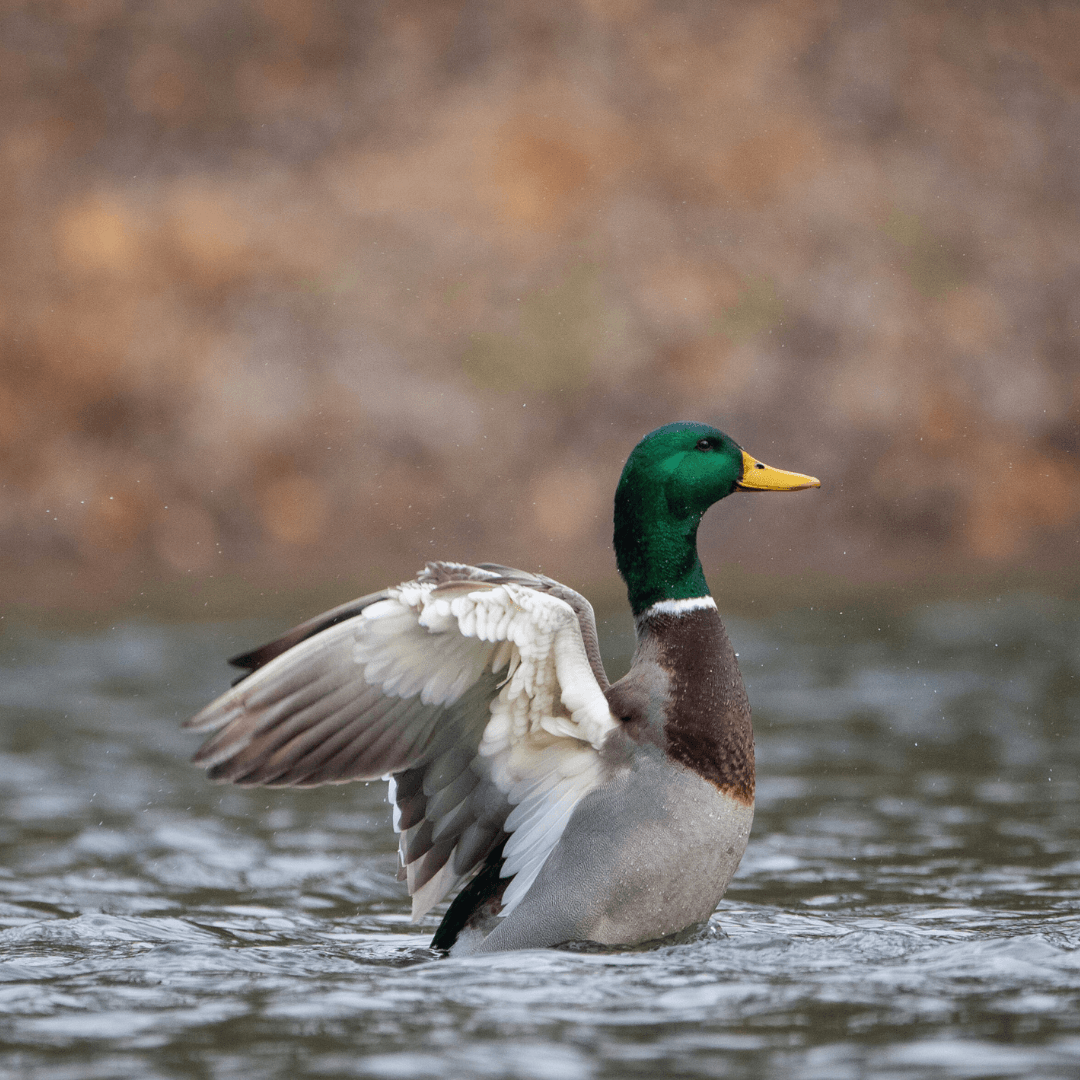
6. Impressive Speed
Ducks are excellent swimmers and speedy fliers. Some species can reach flight speeds of up to 60 miles per hour.
Their mighty wings and streamlined bodies make them agile fliers capable of quick takeoffs and easy maneuvering through the air.
If ducks had a racing league, they'd be breaking records left and right, zipping through the skies like feathered jets. Next time you see a duck fly by, imagine it as the Usain Bolt of the bird world.
7. Webbed Feet
One of the duck's most distinctive features is its webbed feet, which act like paddles and allow it to swim efficiently.
The webbing provides an extra surface area to push against the water, making them adept swimmers and enabling them to escape predators quickly.
Their feet are functional and give them a unique waddle that makes them look like they're constantly shuffling to the next fun activity. Ducks are natural-born swimmers, thanks to these fabulous flippers!
8. Social Creatures
Ducks are highly social animals, often seen in groups called flocks. They engage in various social behaviours, such as preening each other and synchronized swimming.
These social interactions help strengthen bonds within the flock and play a crucial role in their survival.
Ducks are the life of the party in the bird world, always ready for a group hangout or a synchronized swim session. Their social nature makes them fun to watch and essential to their communities.

9. Unique Mating Displays
Male ducks often perform elaborate courtship displays to attract females. These displays can include head bobbing, wing flapping, and vocal calls.
The vibrant plumage of male ducks also significantly attracts mates, making the mating season colourful and lively.
Picture a duck version of a dance-off, each male trying to outdo the other in a spectacular show of feathers and moves. It's like watching a reality TV dating show with more feathers and less drama.
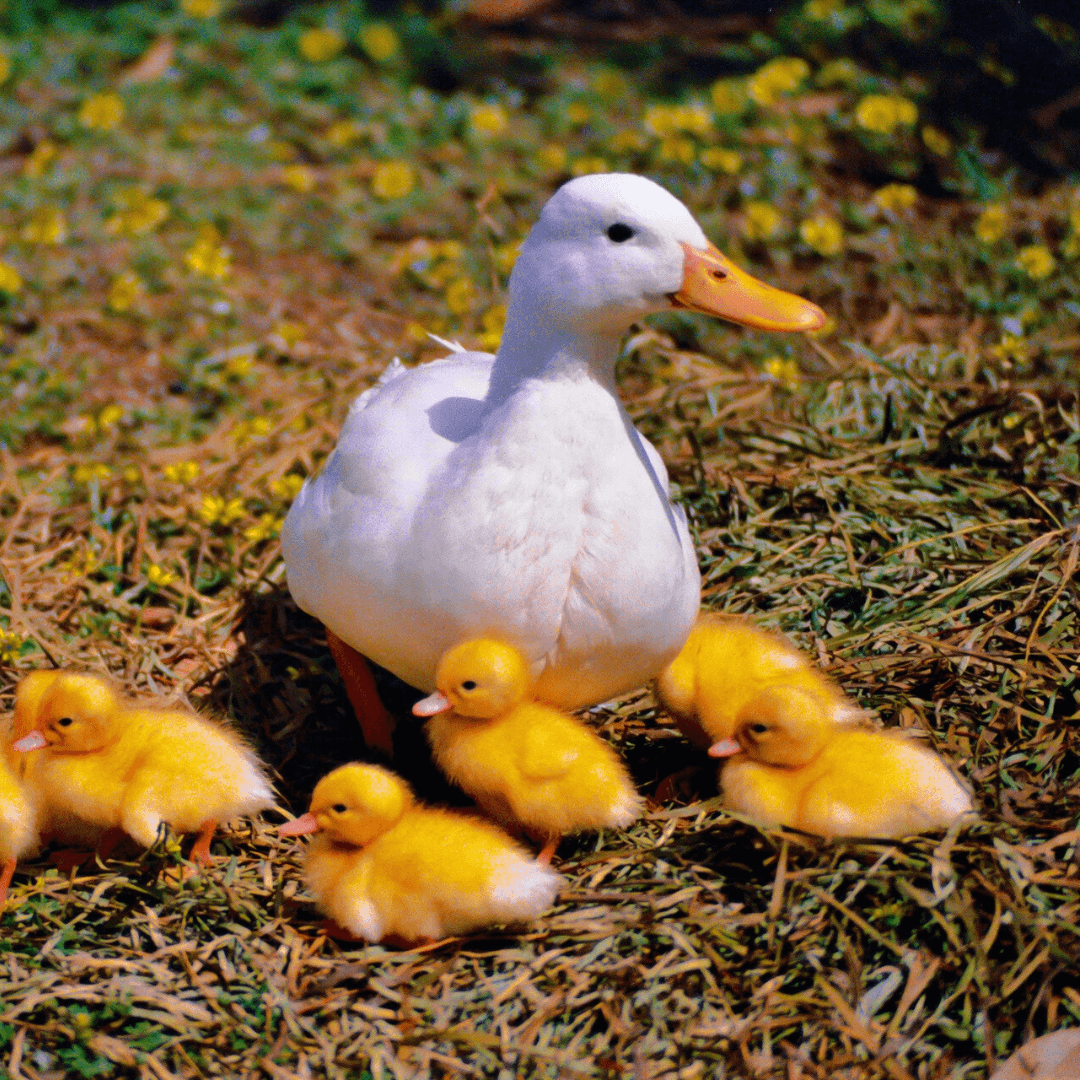
10. Egg-cellent Layers
Female ducks are prolific egg layers, with some species laying up to 12 eggs in a single clutch. The eggs are incubated for about 28 days, during which the mother stays vigilant to protect them from predators.
Once hatched, ducklings are precocial, relatively mature and mobile. Ducks are the supermoms of the bird world, managing large broods and ensuring all their little ones are safe and sound. Their nesting efforts are a testament to their dedication and nurturing nature.
11. Vibrant Plumage
Male ducks, or drakes, often boast vibrant and colourful plumage, especially during the breeding season.
These colours help attract females and establish dominance among rivals. In contrast, female ducks have more subdued colours, which provide camouflage while nesting.
The drakes' dazzling displays are like a fashion show in the wild, with each duck trying to outshine the others with their stunning feathers.
Female ducks, meanwhile, play it cool with their subtle tones, ensuring they stay hidden from predators.
12. Ducklings Imprinting
Ducklings imprint on the initial moving object they see after hatching, usually their mother. This process helps them learn essential survival skills by following and mimicking her.
Imprinting ensures that ducklings stay close to their mother, increasing their chances of survival in the wild.
Imagine waking up and deciding that the first thing you see is your parent, teacher, and role model all rolled into one. Ducklings take this to heart, sticking to their mom like glue and learning everything from her.

13. Diverse Diet
Ducks possess a varied diet, including aquatic plants, insects, small fish, and crustaceans. This omnivorous diet allows them to thrive in different environments.
Their flexible feeding habits help them adapt to seasonal alterations and the availability of food sources.
Ducks are like the foodies of the bird world, always on the lookout for a tasty treat, whether a crunchy bug or a juicy plant. Their diverse palate ensures they never go hungry, no matter where they are.
14. Nesting Habits
Ducks build their nests in various locations, from ground nests near water to tree cavities. Some species, like the Wood Duck, prefer nesting in trees, using their sharp claws to cling to branches.
These diverse nesting habits help reduce competition and predation. It's like choosing between a beachfront property and a cozy treehouse—ducks pick the best spot that suits their needs and keeps their eggs safe from prying eyes and hungry predators.
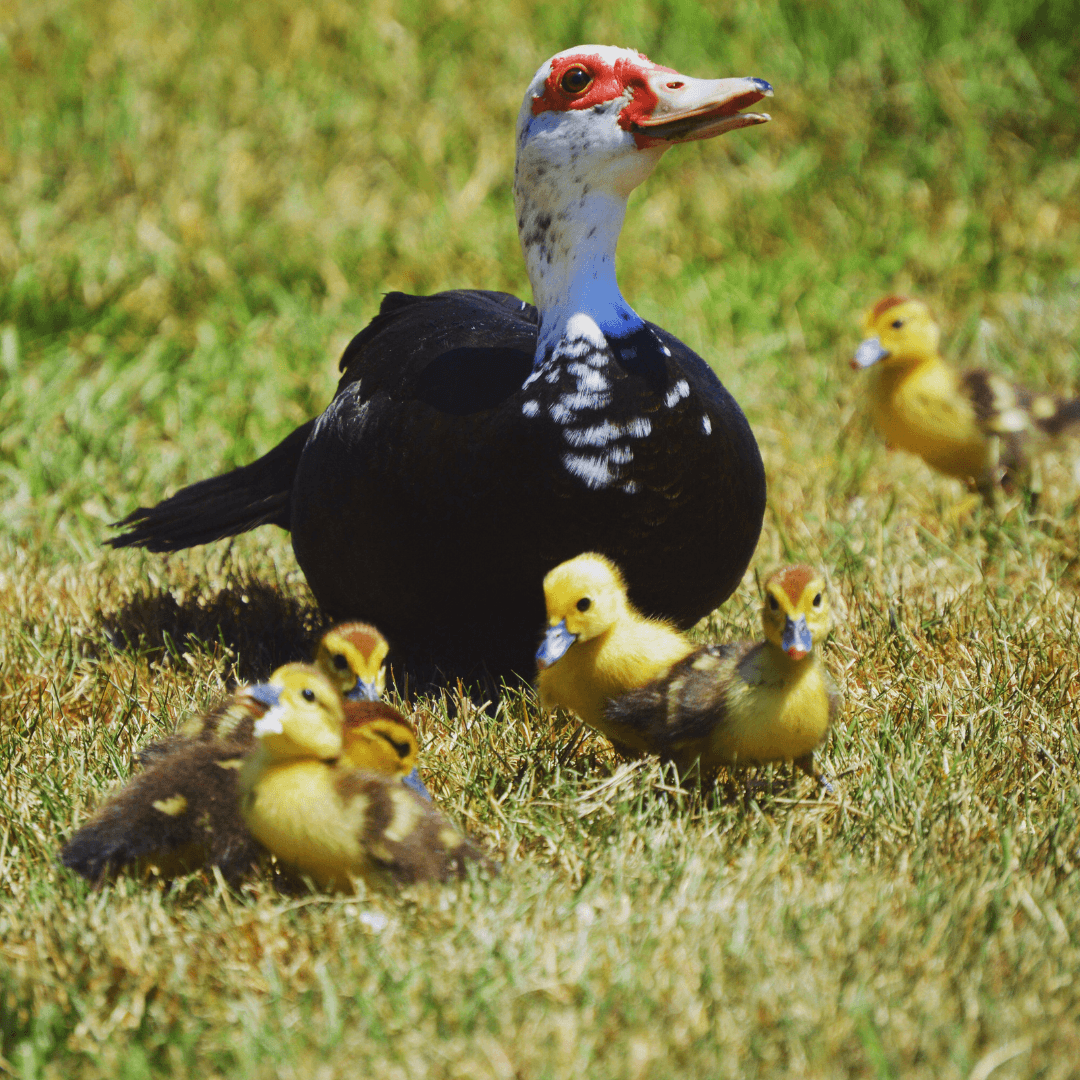
15. Ecosystem Roles
Ducks play a critical role in their ecosystems. As consumers of aquatic vegetation and insects, they help maintain a balanced food web.
Their droppings also contribute to nutrient cycling in marine habitats, supporting plant growth and overall ecosystem health.
Ducks are like the gardeners and cleaners of the waterways, keeping everything in balance and contributing to the health of their habitats. Their presence ensures that the ecosystems they live in stay vibrant and thriving.
16. Molting Process
Ducks undergo a moulting process, where they shed and regrow their feathers. This usually occurs after the breeding season.
During moulting, ducks are temporarily flightless, making them more vulnerable to predators. The process ensures they have fresh, functional feathers for insulation and flight.
It's like getting a brand-new wardrobe every year, but it comes with a brief period of looking raggedy. Ducks handle this annual makeover gracefully, emerging, looking sleek, and ready for anything.
17. Adaptations To Cold Climates
Some duck species are well-adapted to cold climates. Their dense, insulating feathers and a layer of fat help them stay warm in freezing temperatures.
Species like the Eider Duck have specialized down feathers that are highly prized for their insulating properties.
Ducks are like little feathered puffer jackets, perfectly equipped to handle chilly weather. They're the ultimate winter survivors, staying cozy and warm even when temperatures drop.
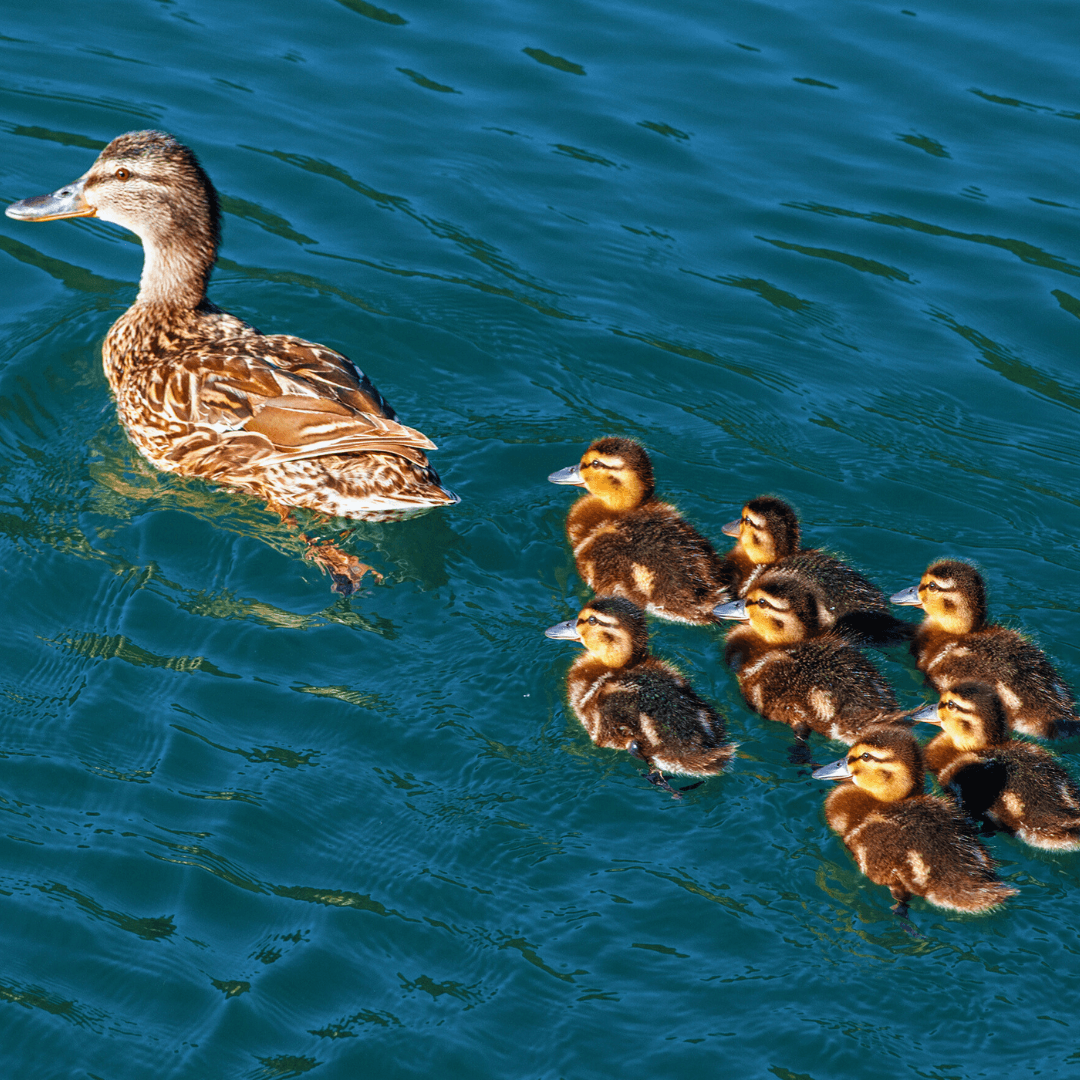
18. Urban Ducks
Ducks have successfully adapted to urban environments, often seen in city parks and ponds. They thrive in these areas because of the abundance of food humans provide.
Urban ducks have learned to coexist with people, making them a familiar and beloved sight in many cities.
These city-savvy ducks are like the street-smart cousins of their wild counterparts, navigating busy parks and interacting with humans while still maintaining their ducky charm.
19. Breeding Rituals
Ducks have fascinating breeding rituals that involve elaborate displays and vocalizations. These rituals ensure the selection of healthy mates, contributing to the species' survival.
The intricate dances and songs performed during courtship highlight the complex social structures within duck populations.
It's like watching a romantic musical unfold in the water, with each duck perfectly playing its part. The drama, romance, and spectacle are all part of the duck dating scene.
20. Long-Distance Swimmers
Ducks are capable of long-distance swimming, which helps them escape predators and search for food.
Their powerful legs and webbed feet enable them to swim tirelessly for hours. This endurance is crucial during migration and when traversing large bodies of water.
Imagine being able to swim across a lake without breaking a sweat—that's the life of a duck. Their impressive swimming skills make them true aquatic athletes, ready to take on any challenge.
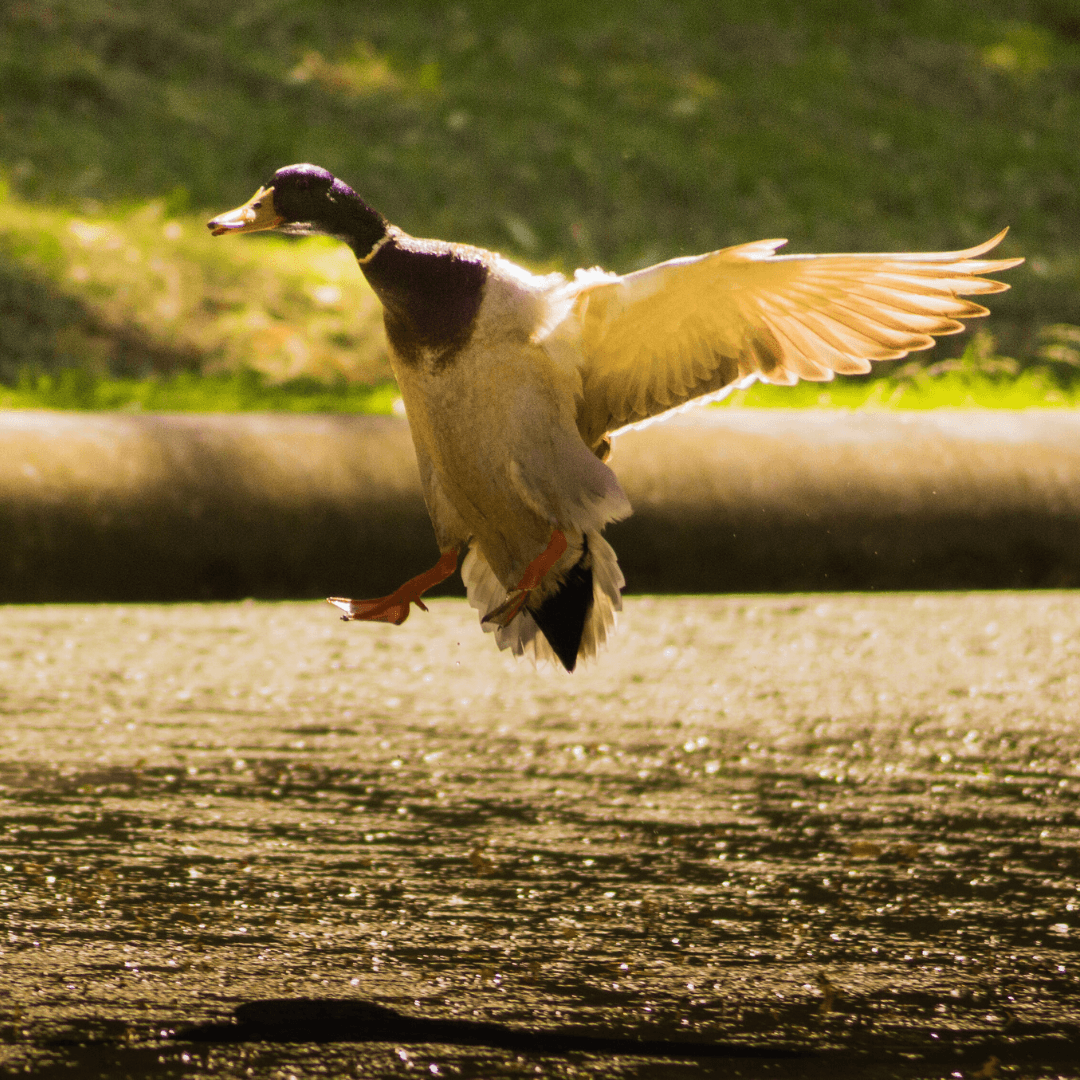
21. Highly Adaptable
Ducks are highly adaptable birds, capable of living in diverse habitats, from wetlands to deserts. Their ability to exploit various food sources and nesting sites allows them to inhabit multiple environments.
This adaptability makes them resilient to changes in their habitats. Ducks are like the chameleons of the bird world, quickly adjusting to new surroundings and making the best of whatever comes their way. Their flexibility ensures their survival and success in various ecosystems.
22. Cultural Symbols
Ducks hold significant cultural symbolism in many societies. They are often associated with good fortune, fidelity, and adaptability.
For example, Mandarin ducks symbolize love and marital happiness in Chinese culture. Ducks' presence in folklore and art highlights their importance in human culture.
These birds have waddled their way into our hearts and stories, becoming symbols of various positive attributes. Their charm and cultural significance make them more than just cute creatures—icons.
23. Ducks And Their Shoes
Did you know ducks have been “wearing” the same footwear style for millions of years? Their webbed feet are nature's version of the perfect all-terrain shoes.
These flippers allow ducks to paddle gracefully in water, walk comfortably on land, and even provide extra traction on slippery surfaces.
It's like having built-in sneakers that are both stylish and functional! And let's face it; their waddle would be more charming with those iconic webbed feet to complete the look.
24. Duck Dances
Ducks aren't just graceful in the water; they can bust a move on land, too! During courtship, male ducks often perform elaborate dances to woo the ladies.
These performances can include head bobbing, tail shaking, and wing flapping in a sequence resembling a well-rehearsed dance routine.
Picture a disco dance floor where every male tries to outshine the other with his best moves—it's a dance-off, duck style!
These avian performances are impressive and hilarious, proving that even in the animal kingdom, the best dancers get the girls.
25. Duck Daycare
In some duck species, mothers sometimes form “daycares,” where a single duck may look after the offspring of several ducks.
It's like a duck nursery where moms can take a break while one super-nanny duck handles the brood.
Imagine dropping your kids off at daycare and seeing a single caretaker surrounded by a dozen energetic toddlers—chaotic, right?
Yet, these duck nannies handle it gracefully and patiently, ensuring all the ducklings are safe and well-behaved. It's a cute and comical sight that underscores ducks' cooperative and social nature.
26. Duck Sleepovers
Ducks are known for their communal sleeping arrangements. Instead of each duck finding a separate spot to rest, they often sleep in groups, with their heads tucked under their wings and their bodies closely together.
It's like a giant slumber party every night! Sleeping helps this group stay warm and provides safety in numbers.
Imagine a bunch of ducks all snuggled up together, quacking softly as they drift off to sleep. It's a cozy, feathered sleepover where everyone is welcome!
27. Duckling Parades
One of the most adorable sights in the animal kingdom is a line of ducklings following their mother in a neat row.
This behaviour is called “imprinting,” in which the ducklings instinctively follow the first moving object they see after hatching, which is usually their mother.
These little parades can often be seen crossing roads, navigating ponds, or exploring parks.
Picture a tiny parade with fluffball marchers and a paramount leader at the front—it's nature's cutest traffic jam! These duckling processions are not just endearing but also a clever survival strategy.
28. Quacking Accents
Believe it or not, ducks can have regional accents. Like humans, ducks from different areas can have variations in their quacks.
A duck from New York might quack differently than a duck from Texas. Scientists have found that ducks raised in different environments develop unique vocal patterns.
Imagine travelling across the country and hearing ducks quack with a southern drawl or a Boston accent—it's like visiting a quacking convention with ducks showing off their regional dialects.
These quacking accents add a layer of humour and charm to these already amusing birds.
FAQ
1. What are ducks most known for?
Answer: Ducks are known for their distinct quacking, charming waddles, and exceptional swimming abilities.
These waterfowl are instantly recognizable by their webbed feet, which make them proficient swimmers.
Their quacks are iconic and serve as a primary mode of communication within their flocks. Ducks are also famous for their social behaviour, often seen in groups engaging in activities like preening, feeding, and synchronized swimming.
Their colourful plumage, particularly in males during the breeding season, adds to their visual appeal.
2. Are ducks very smart?
Answer: Yes, ducks are quite intelligent creatures! Ducks display a range of smart behaviours that showcase their problem-solving skills, social intelligence, and adaptability.
For instance, ducks are known for their complex communication, using a variety of vocalizations and body language to interact with each other.
They can also learn to recognize people who regularly feed them, demonstrating memory and recognition abilities.
Their migratory journeys also highlight their intelligence, as they can travel thousands of miles and use natural cues like the Earth's magnetic field, the sun, and stars to find their way.
Conclusion
In conclusion, ducks are truly remarkable birds with a blend of charm, intelligence, and unique behaviours that make them a joy to observe.
These fun facts about ducks have shown how they navigate complex migrations, communicate with quacking accents, and engage in delightful social activities.
Whether marvelling at their synchronized swimming or chuckling at their regional quacks, ducks offer endless entertainment and fascination.
We gain a deeper understanding and admiration for these versatile and endearing creatures by appreciating these fun facts about ducks.
Ducks continue to waddle their way into our hearts, proving that their quirky and lovable nature is something to be celebrated.
I trust you enjoyed this article on the Fun Facts About Ducks. Please stay tuned for more blog posts soon. Take care!
JeannetteZ
Your Opinion Is Important To Me
Do you have thoughts, ideas, or questions? I would love to hear from you. Please leave me your questions, experiences, and remarks about this article, Fun Facts About Ducks, in the comments section below. You can also email me at Jeannette@Close-To-Nature.org.
Disclosure
This post may contain affiliate links. As an Amazon Associate and other affiliate programs, I earn from qualifying purchases at no extra cost to you. Please read my full affiliate disclosure.
You might also enjoy these blog posts:
Fun Facts About The Northern Cardinal
Interesting Facts About Mourning Doves
Symptoms Of Omega-3 Deficiency
Best Soil For Growing Vegetables

